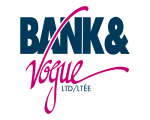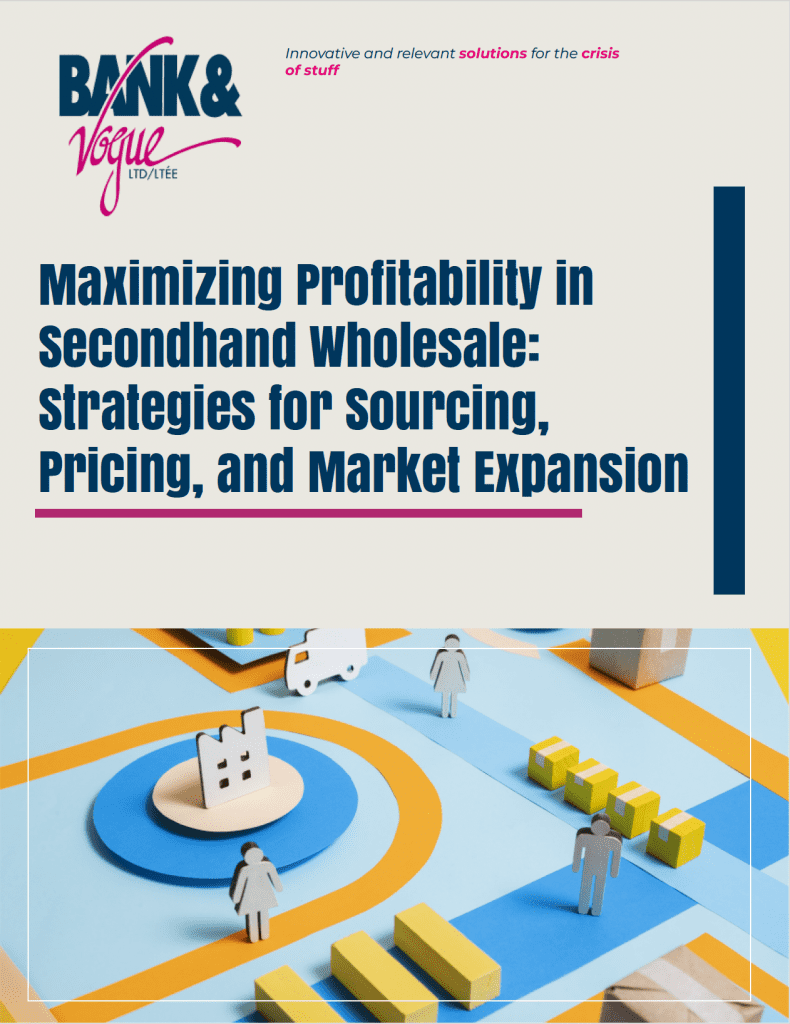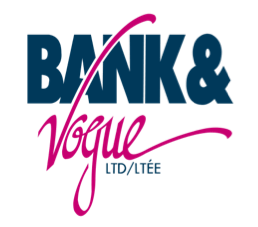Introduction
The secondhand wholesale industry is experiencing rapid growth as demand for sustainable and affordable fashion increases worldwide. For B2B customers—including retailers, bulk buyers, and resellers—understanding how to source quality inventory, price products strategically, and expand into new markets is critical to maintaining profitability. This white paper explores key strategies for maximizing returns in the secondhand wholesale sector while navigating emerging challenges and opportunities.
Sourcing Smartly: Finding High-Quality Inventory
Sourcing quality secondhand textiles efficiently is essential for maintaining competitive pricing and customer satisfaction. Successful wholesalers prioritize:
- Reliable Suppliers: Establish partnerships with reputable secondhand clothing suppliers who meticulously sort and grade garments to ensure consistent quality.
- Understanding Market Demand: Focus on categories that align with customer preferences, such as vintage fashion, tropical mix for warm climates, or high-demand brand-name apparel.
- Geographic Considerations: Choose suppliers based on proximity to key distribution hubs to minimize transportation costs and improve logistics.
- Sustainability and Compliance: Ensure that sourced products align with Extended Producer Responsibility (EPR) regulations and other sustainability mandates to meet corporate and customer expectations.
Pricing for Profitability: Balancing Cost, Demand, and Market Trends
Setting the right price for secondhand goods requires a thorough understanding of supply chain costs, customer demand, and competitive positioning. Effective pricing strategies include:
- Volume-Based Pricing: Offering tiered pricing for bulk purchases to incentivize larger orders and improve inventory turnover.
- Dynamic Pricing Models: Adjusting prices based on seasonality, consumer trends, and product demand to maximize profit margins.
- Cost Analysis: Accounting for sourcing, logistics, and processing costs to determine a sustainable and competitive price point.
- Transparency with Buyers: Clearly communicating product quality, origin, and grading to build long-term customer trust.
Market Expansion Strategies: Identifying Growth Opportunities
Expanding into new markets can increase revenue and diversify risk. Wholesalers should consider:
- Emerging Markets: Assessing demand in regions where secondhand clothing is gaining traction, such as Africa, South America, and parts of Asia.
- E-Commerce & Digital Platforms: Utilizing online marketplaces and B2B platforms to reach international buyers and streamline transactions.
- Partnerships & Collaborations: Establishing relationships with retailers, upcyclers, and sustainable fashion brands to create new revenue streams.
- Regulatory Compliance: Understanding import/export restrictions and environmental regulations in different regions to ensure smooth market entry.


Sustainability & Compliance: Adapting to Industry Changes
As governments and organizations push for circular economy practices, compliance with sustainability standards is becoming a necessity. Key considerations include:
- Extended Producer Responsibility (EPR) Compliance: Ensuring that sourcing and distribution practices align with producer responsibility policies to maintain long-term business viability.
- Reducing Textile Waste: Implementing strategies to minimize textile waste, such as working with recycling partners and promoting upcycling initiatives.
- Consumer & Retailer Education: Providing transparent information about product origins and sustainability efforts to enhance brand reputation and customer loyalty.
Conclusion
For B2B secondhand wholesale businesses, success lies in strategic sourcing, smart pricing, and proactive market expansion. By prioritizing sustainability and regulatory compliance, wholesalers can strengthen their business model while contributing to the growing circular economy. Adapting to industry changes and leveraging digital innovations will position wholesalers for long-term profitability and market leadership.
About Bank & Vogue
Bank & Vogue is a global leader in the secondhand wholesale industry, specializing in sourcing, distributing, and promoting circular solutions for textiles. Contact us to explore partnership opportunities and optimize your secondhand inventory strategy.








